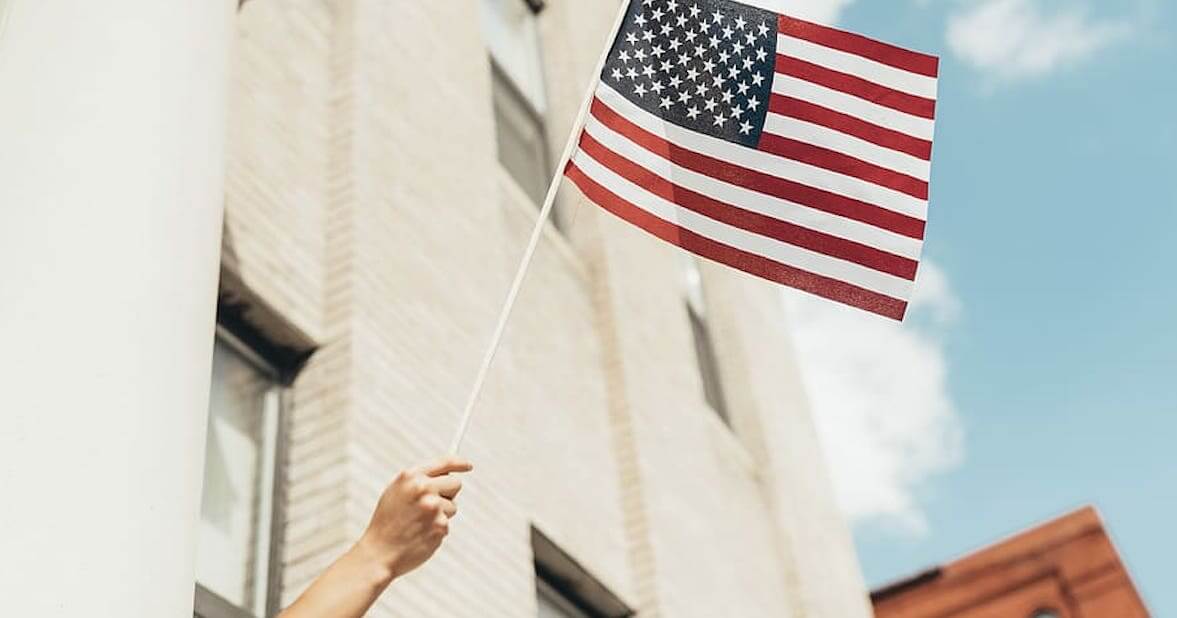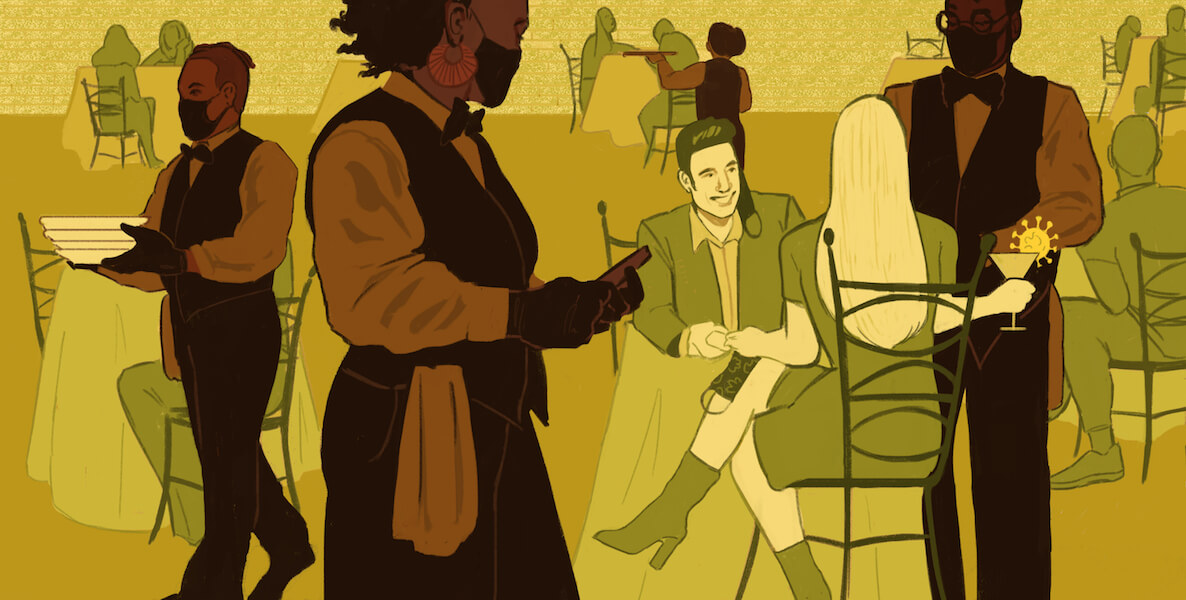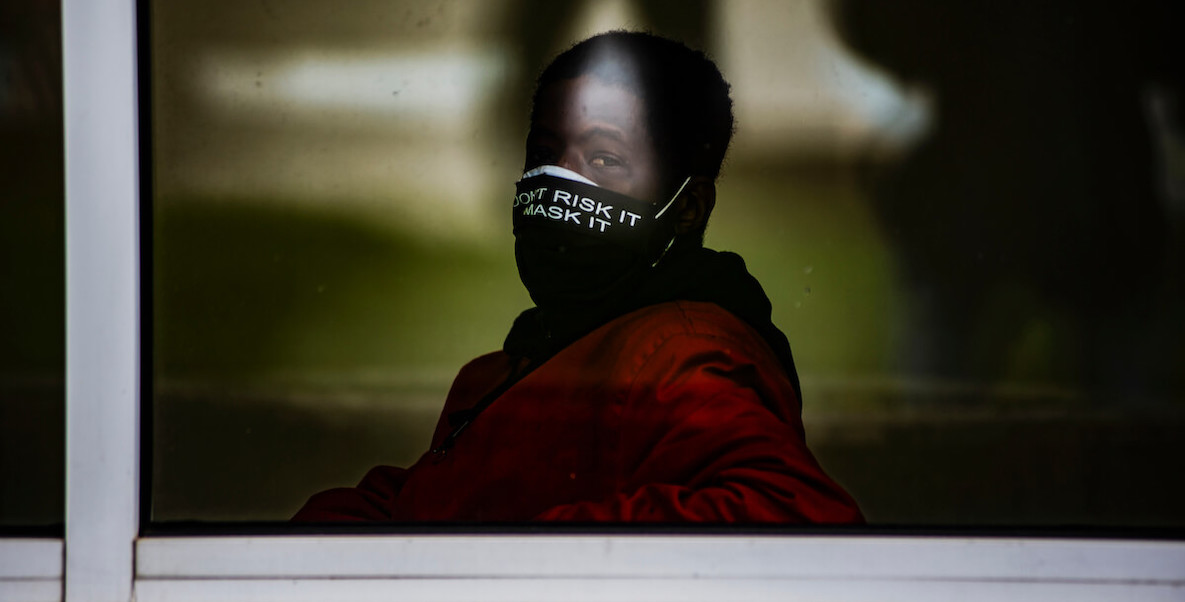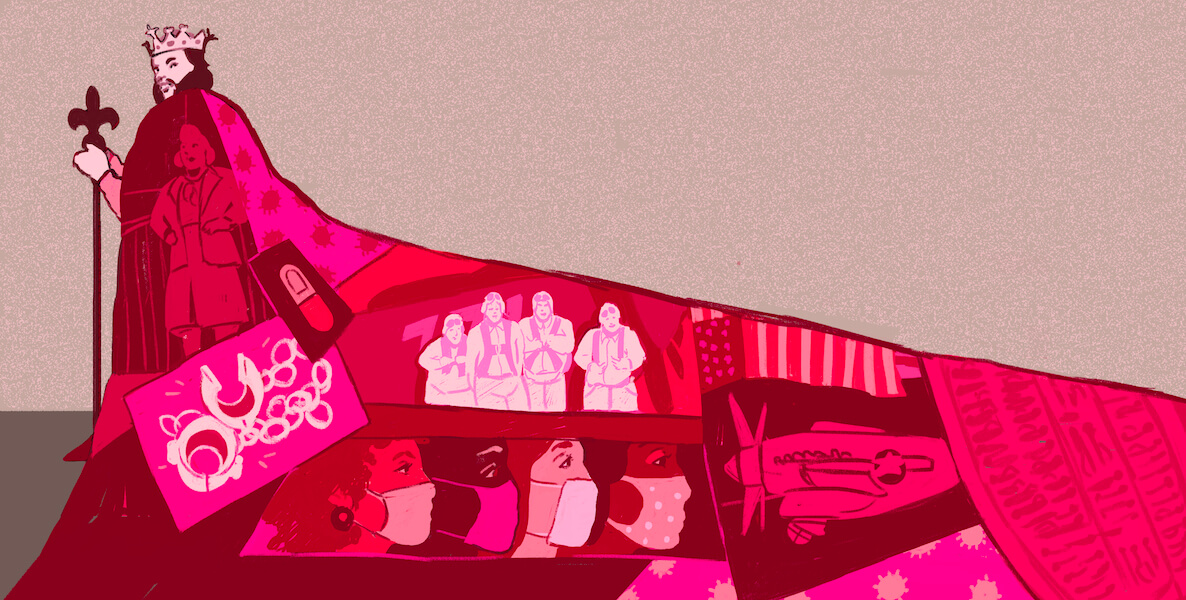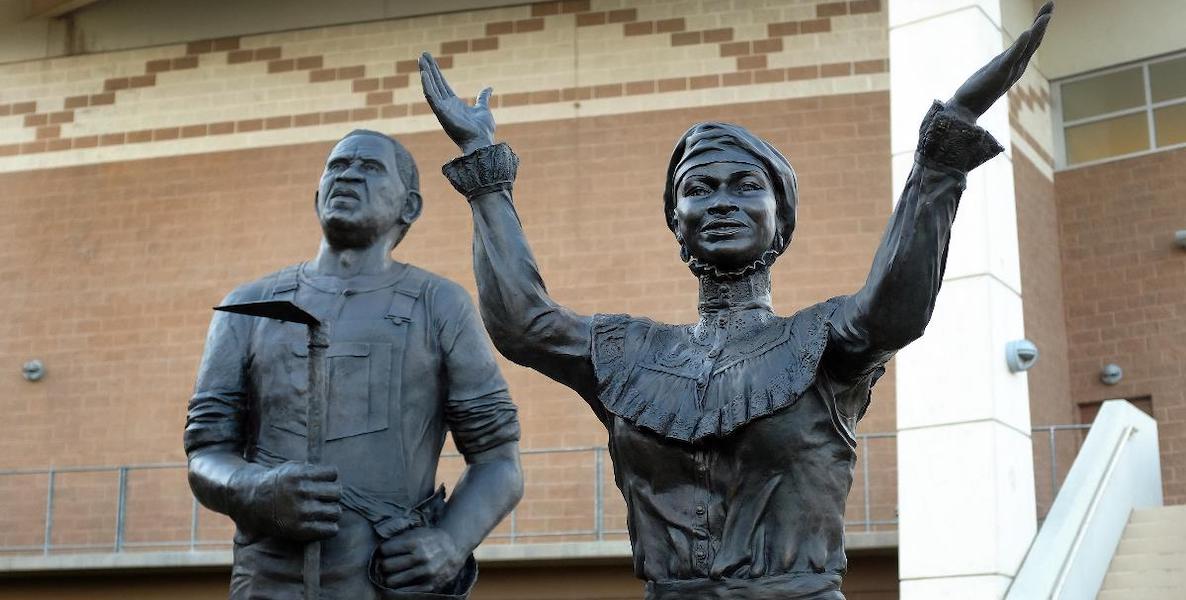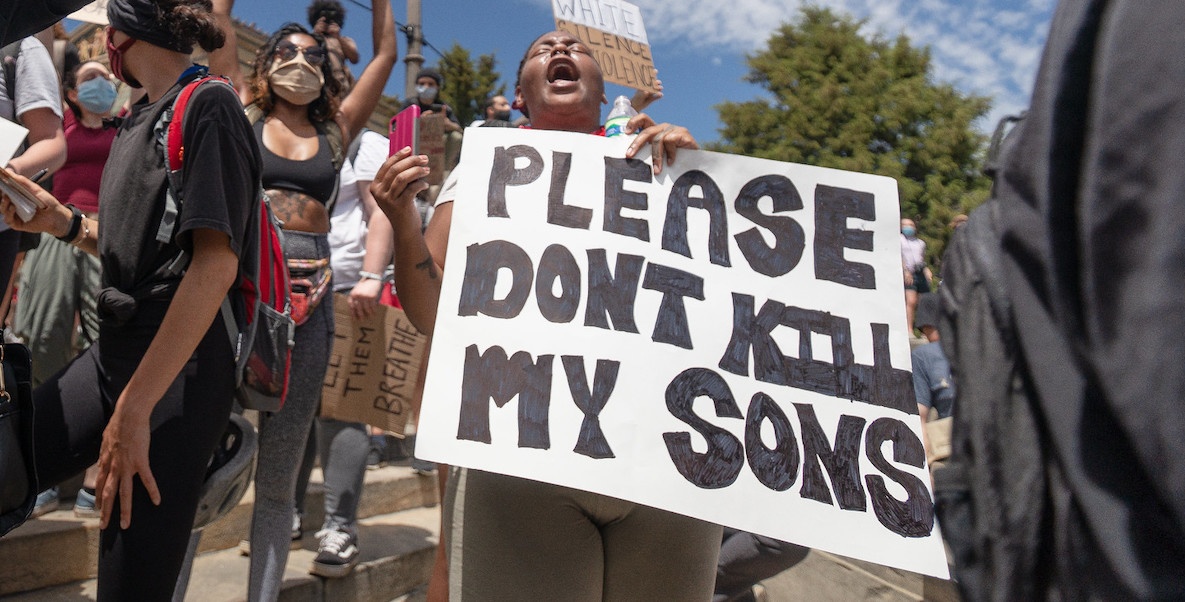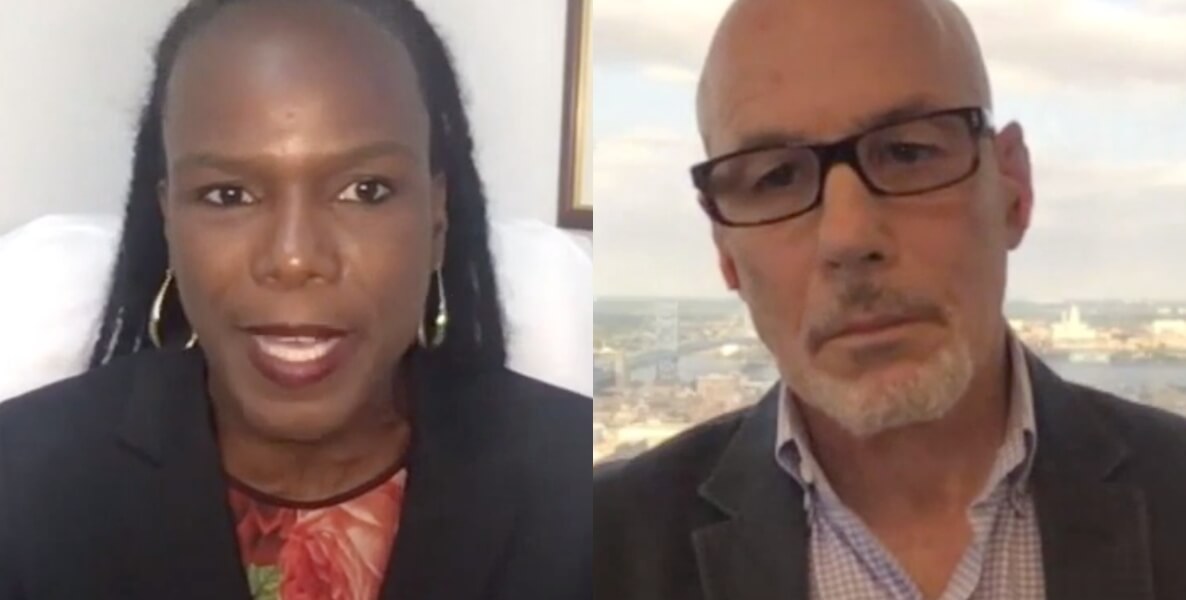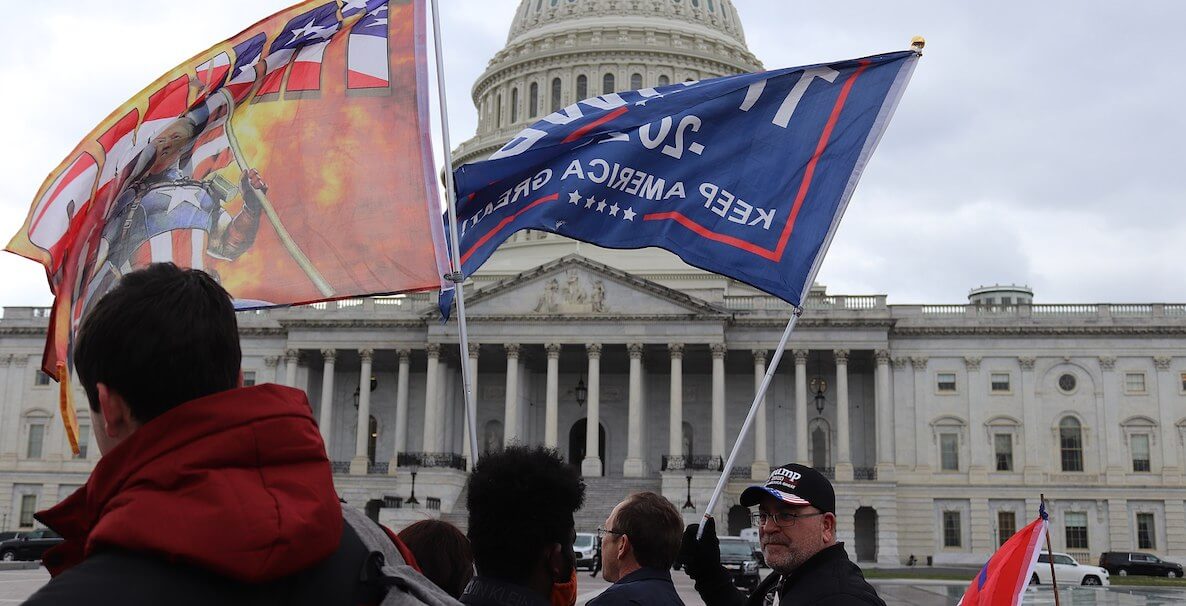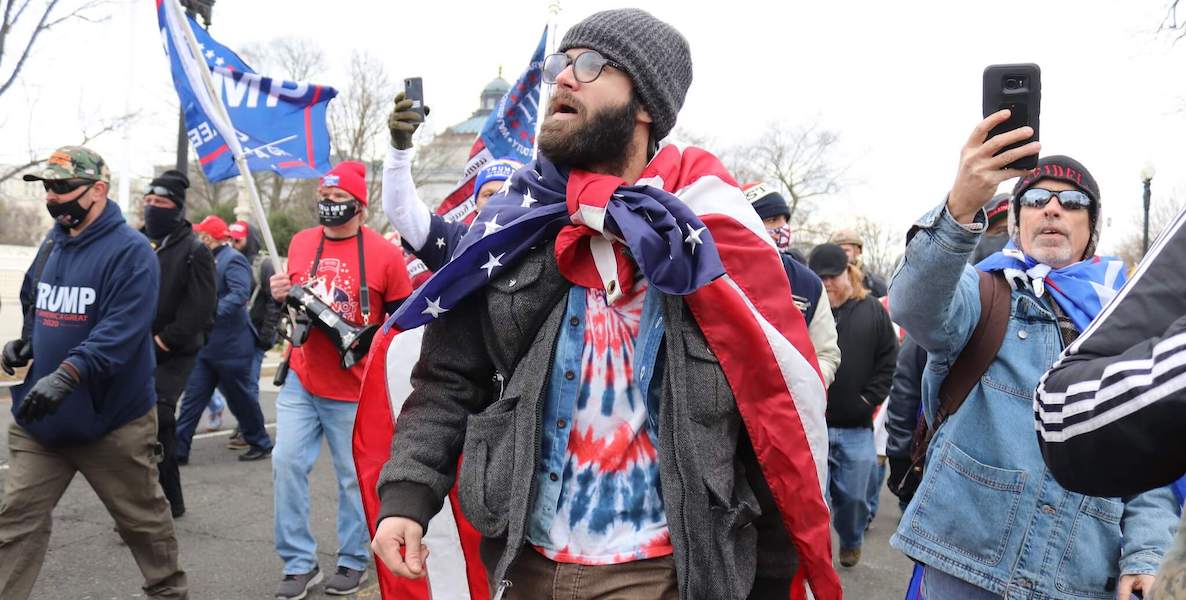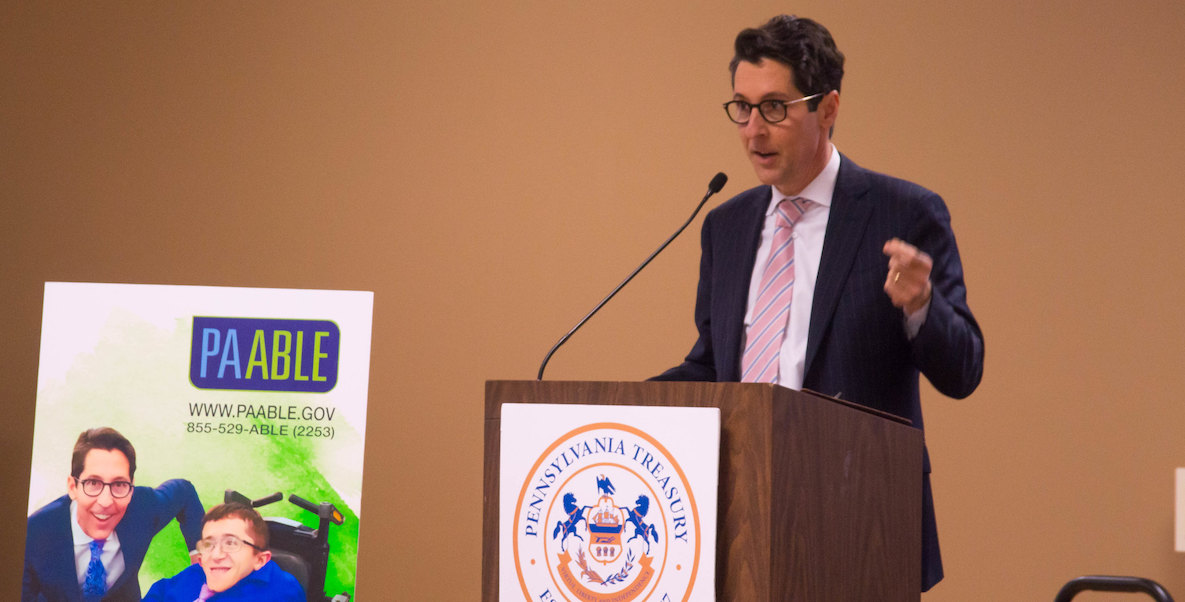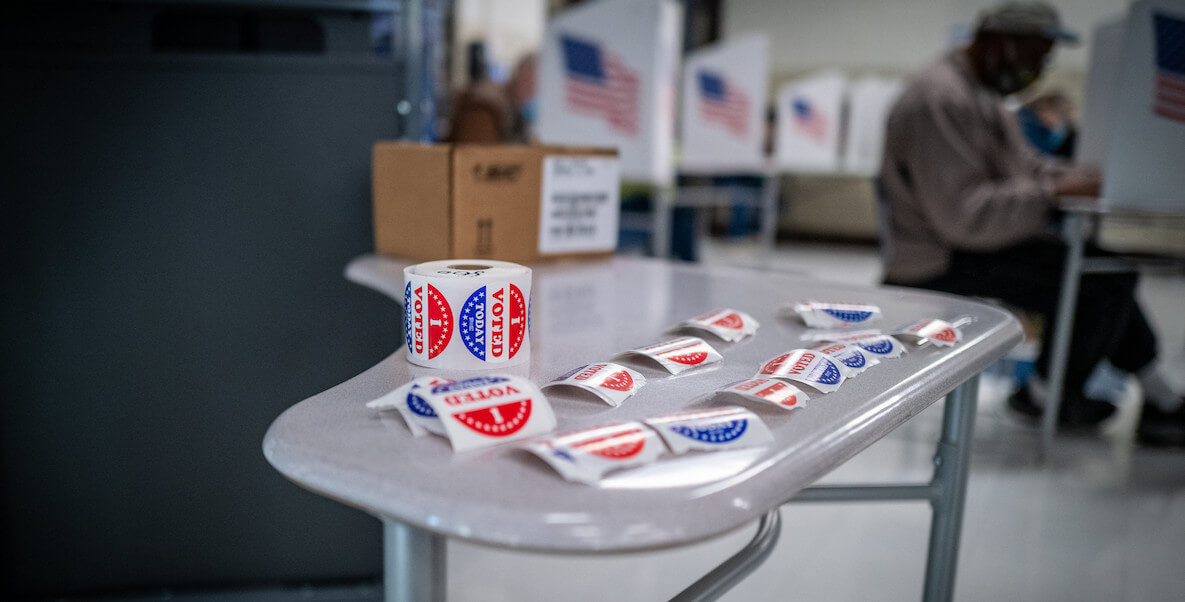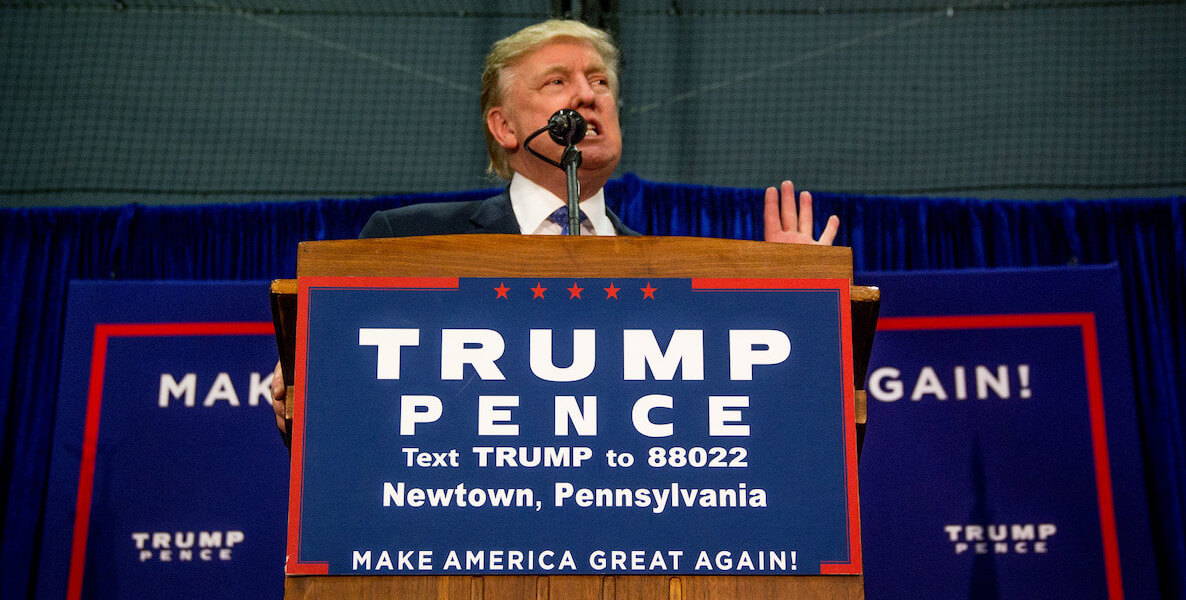The Overton window on the Capitol siege—the violent attempted coup that took place on January 6, 2021—is quickly closing. This is less about our collective attention span for domestic threats directed at our fragile democracy and more about our collective comfort with the fake pendulum swings of our fragile political reality.
Still, the further (in days) that we get away from the siege, the worse it looks, as the myths of white economic anxiety are once again dismissed and the notion of truth and a basic sense of facts continue to die slow agonizing deaths in the new American political reality.
Though “new” is probably an inaccurate adjective here. If the American political reality has settled into organized violence against democracy, it is more like a return to form, or chickens coming home to roost—a way for our own external/international interventions to turn in on themselves.
All of this, simply signaled by hundreds of mostly white Trump supporters doing everything that they could to overturn the most secure presidential election in our nation’s short history.
Josh Hawley’s raised fist
![]() If you need one token—a powerful memento—to help you remember that moment, there is a picture that still haunts the internet: The junior senator from Missouri, Josh Hawley, saluted the Capitol siege rioters just prior to their attack on the American electoral process. With a raised fist and a look of determined dedication, Senator Hawley captured the false symmetry that continues to haunt the racial politics of America.
If you need one token—a powerful memento—to help you remember that moment, there is a picture that still haunts the internet: The junior senator from Missouri, Josh Hawley, saluted the Capitol siege rioters just prior to their attack on the American electoral process. With a raised fist and a look of determined dedication, Senator Hawley captured the false symmetry that continues to haunt the racial politics of America.
Hawley’s raised fist signaled solidarity with the white mob of MAGA agitators who were determined to disrupt the certification of the 2020 presidential election. He did more than just raise his fist; he voted against certification in a handful of states key to President Biden’s win, none of them his own, including Pennsylvania in his and other Republican lawmakers’ attempts to dismantle this democracy.
The raised fist is a political gesture with a particularly anti-Fascist history. It was popular in Europe in the 1930s’ struggle against fascism, and became infamous in the United States after 1968 Olympic medalists, John Carlos and Tommie Smith, raised their fists in protest of American racism.
It has, for some time, been the symbol of solidarity for Black protest against American racism and it has always been a symbol pitted against fascism.
The fact that Hawley appropriated it for his salute to American fascism at the moment when white grievance was preparing to erupt in the nation’s Capitol in order to disrupt the electoral process, is the pinnacle of political irony. Except irony requires facts—a shared sense of truth—in order for it to operate.
There is no irony in the pendulum-swinging, false symmetry of American racial politics.
One foot forward, two steps back
In American history there is a critical context for conservative reaction to each and every iteration of racial progress that has ever been made here, on this stolen land. Slavery was, of course, this nation’s original sin. The genocide committed against Native Americans was nearly simultaneous, but had its start in the century before our nation’s formal founding.
Since the end of formal legalized human bondage in this nation, we have made sluggish incremental progress —a slate of attempts over history to redress and rectify that original sin. There have been many steps forward; we have made progress, but that progress has never been without relapse or without deliberate attempts by an aggrieved majority to create a conservative course correction.
Take The New York Times’ 1619 Project as just one example. On the occasion of the 400-year anniversary of the dawn of American slavery, Nikole Hannah-Jones edited a volume of essays and artistry that challenged our historical framing of that original sin and rightfully placed American slavery at the center of our nation’s history.
The proof was both in that history and in all of the ways that the residue of American Slavery continues to thwart racial equity in this democratic experiment.
There was legitimate historical debate on the project’s assertions, but the “pendulum swings” crowd hate/hated it in toto. They see it as anathema to their version of American history.
Thus, the 1776 Commission was formed in September of 2020. This group of conservative mostly white educators (no historians) released something called the 1776 Report on the holiday established to honor Dr. Martin Luther King’s life and legacy. The report was summarily condemned by Ivy League historians, and was crushed by executive decree in the first round of orders signed by President Biden.
The question going forward is: What are we prepared to do to embrace facts in the face of a never-ending era of redemption designed to destroy the truth?
The damage to democracy is done not just in the content of the 1776 Report, but in the political move to frame it as a just response to—or correction of—the historiographic progress signaled by and in the 1619 Project. 1619 and 1776 are the historical markers of a contemporary obsession with this breed of political false equivalencies. The history of this kind of ideological and at times violent struggle over the specter of race in America is long and bloody.
Consider Reconstruction (1865-1877), the post-Civil War moment wherein the federal government worked to establish the rights of African Americans as human beings and citizens of this nation. It really was just a moment. By 1873 Southern whites were already calling for “Redemption” an explicit return to the racial violence and political dominance of white supremacy.
The Civil Rights Movement made hard fought progress throughout the middle of the 20th century. But all of those legislative achievements have been effectively challenged in the repeated attempts to dismantle our national efforts to achieve racial equity/equality.
The most stunning example was the 2013 defanging of the Voting Rights Act, removing the clause that required pre-clearance from the federal government before local and state governments could approve changes to the voting process.
This is one way that innovative forms of voter suppression continue to thrive in the states with some of the most blatant forms of voter discrimination.
Alternative facts matter more than facts themselves
Much of this does come down to voting—who can do it, where, when, how, etc. But more importantly, it is also about whose votes count—or should count—in elections of great political consequence in this nation.
The Biden presidency was secured through the votes of the BIPOC communities in key “battleground” states. The people of color, especially Black folks in the urban centers of the so-called battleground states effectively ended Trump’s reign as president. For his followers, this was horrifying and impossible unless the system was rigged in favor of those whose struggle for liberation and equality is the centerpiece of American democracy.
For those who would “stop the steal” and embrace fascism over American democratic processes, the election of President Obama—way back in 2008— was an unforgivable event in our nation’s history. They responded by electing Trump.
The fact that Hawley appropriated the raised fist for his salute to American fascism at the moment when white grievance was preparing to erupt in the nation’s Capitol in order to disrupt the electoral process, is the pinnacle of political irony.
Make no mistake, the undying dedication to Trump in Trumpism, or its conspiratorial compadre—Q’anon-ism—is what those proponents believe to be the equivalent of Black folks’ conscription to President Obama.
For them, the riotous insurgence that they planned in order to kidnap and or kill American legislators in the Capitol is just a reflection of the civil insurgence of summer 2020, a mass movement for Black lives organized to raise awareness of and to push back against the fascism of police brutality against the Black communities of America. This is just one reason why “Blue Lives” couldn’t matter during the Capitol siege.
The Capitol siege was a show of political and ideological force. It was (so it seems) Trump’s last stand or the last stand of Trumpism during the singular term of Trump’s presidency. Trumpism, though, is here to stay. It has its own ideology: Alternative facts matter more than facts themselves.
And it has its own proponents post-Trump. Some of those Trumpeteers, like Senator Hawley, know all too well how seductive the false symmetries of American racial politics can be for those who feel aggrieved by the shifting demographics of 21st-century America.
But those demographic shifts are real, even if the political pendulum swings are not. We, as of now, are confined to the in-between-ness of this political moment. Ignore what feels like the swings of symmetry—the dueling executive orders of the new administration, Senator Hawley’s counter-complaint against democratic lawmakers, the both-sides-ism that will surely dominate the media coverage of the Biden administration.
Fake symmetry in American politics is not new, and it will continue to shape the infrastructure of our political reality, if we let it. The question going forward is: What are we prepared to do to embrace facts in the face of a never-ending era of redemption designed to destroy the truth?
How we answer that may be the difference between preserving, or losing, our democracy for good.
The PA primary is coming up on May 18. Are you all set to vote?
- Register to vote and check your registration status
- Vote by mail or at a satellite election office
- Find your polling place and other post-registration facts


